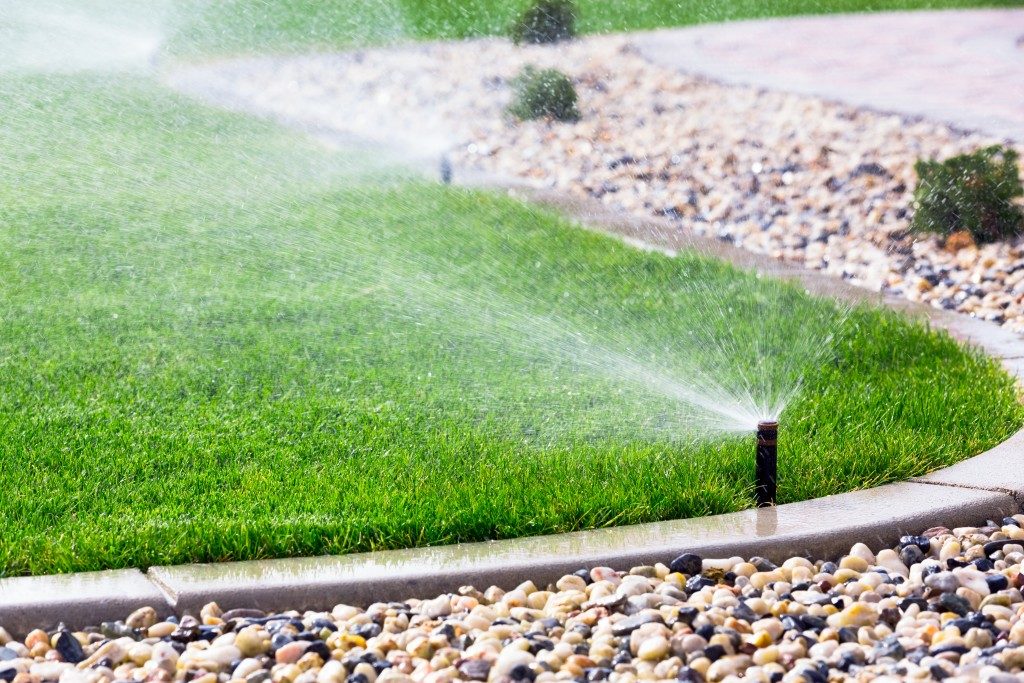Mold is a fungus that naturally occurs in wet environments. It can grow in many parts of the households where moisture is abundant. Common areas where there is mold buildup are windows, pipes, and leaky roofs. Mold can grow both indoor and outdoor. Outdoor mold can get inside your house via vents, windows, and HVAC systems. They grow and thrive wherever there is plenty of moisture. They also tend to destroy the surface they stick to and can have foul-odor as well.
Many raw materials used in construction are supportive of mold growth. Among such materials are paper products, tiles, and wood. However, mold can also stick to paint, drywall, upholstery, and carpet, among others.
Excessive mold buildup can endanger your and your family’s health. It can also destroy several household parts. Luckily, taking care of things like this is easy. Read on to know how to prevent mold growth and keep a clean and safe home for your family.
Where does mold commonly grow?
As previously mentioned, mold thrives in moisture-rich areas. They are also prevalent in areas where there is frequent flooding. Roofs and windows with leakages, as well as uncleaned and unmaintained vents, ducts, and HVAC systems, are also prone to mold buildup.
What are the health risks of mold buildup?
Some people may have no health issues with mold at all. But others can have an allergic reaction to it as well. Studies have also shown that mold can trigger asthma and several other respiratory allergies in adults and children. Other common reactions include blocked nose, sinusitis, skin rashes, sore throat, and dry cough.
Fortunately, though mold can trigger unwanted respiratory problems and allergic reactions, they are treatable and not life-threatening (except for asthma). Treatments for mold-induced allergic reactions include decongestants, antihistamines, nasal corticosteroids, nasal sprays, and nasal rinse.

How to prevent mold growth
Since these fungi love moisture, the first thing to do is control moisture. This involves repairing damaged household parts that may be causing condensation inside your home. These are some of the areas you need to check for mold growth regularly:
Roof – roofs can be damaged all the time due to inclement weather. After a heavy rain, check for potential damages to your roof and have it repaired immediately to avoid further damages. If left untreated, mold can build up on your ceiling and weaken the wood. By regularly checking your roof shingles, you can save costs on ceiling and roof replacements, which cost $5,000 to $10,000 on average. Also, include gutter maintenance checks since clogged gutters can also be a thriving place for mold.
HVAC system – mold growth in your heating and air conditioning system can contaminate the air you breathe. It affects indoor air quality and causes a string of respiratory discomfort. Semi-annual maintenance checks and cleanup of your HVAC system is recommended. You can also employ the services of an HVAC professional cleaner for a more thorough cleanup and servicing of your unit.
Bathroom – The presence of water intensifies the buildup of mold. Hence, it is important to keep these areas dry or to clean them regularly. If these areas are not thoroughly dried, mold and mildew will live in these places. Also, check toothbrush holders for mold infestations, and remember to dry your toothbrush well to avoid fungal infestation that can contaminate your oral health.
Mold can also stick to the walls of your bathroom, so be sure to look out for these.
Kitchen sink – The last thing you want is mold growing in your kitchen area where you prepare food. Mold can grow on damp and wet areas, particularly on wooden utensils and kitchen tools such as wooden chopping boards and ladles. Make sure to thoroughly dry these utensils before putting them back in the drawer or cabinet.
Windows – Water can seep into windows and cause mold if left undried. Condensation can cause the growth of mold due to humidity—it might even encourage further mold buildup.
Trash/Garbage cans – Merely emptying your trash or garbage cans is not enough to prevent mold growth in these areas. Wash, clean, and dry your trash cans at least once a week to remove any mold stuck inside or below the trash container.
Mold can grow practically anywhere as long as there are moisture and humidity. You may also opt to purchase dehumidifiers to reduce moisture in the air. Things like mold growth can be easy to overlook, but if you want to breathe only fresh air, it doesn’t take much to clean and maintain your household and prevent mold infestations.









